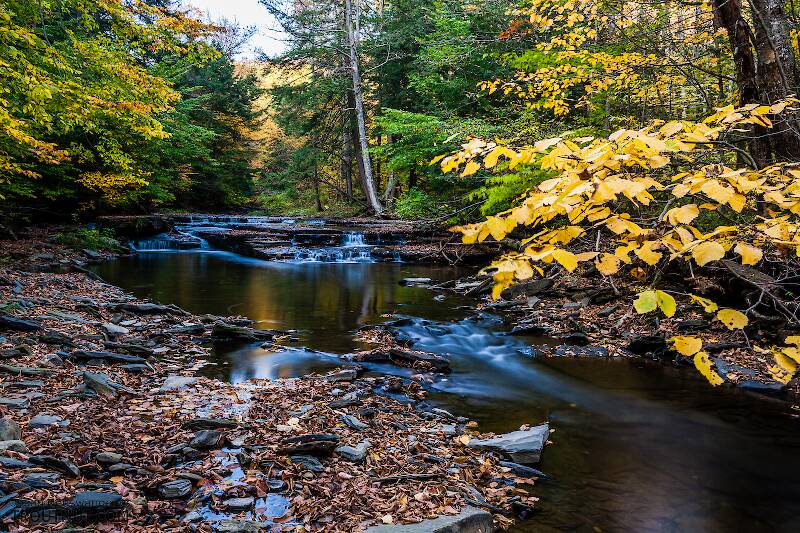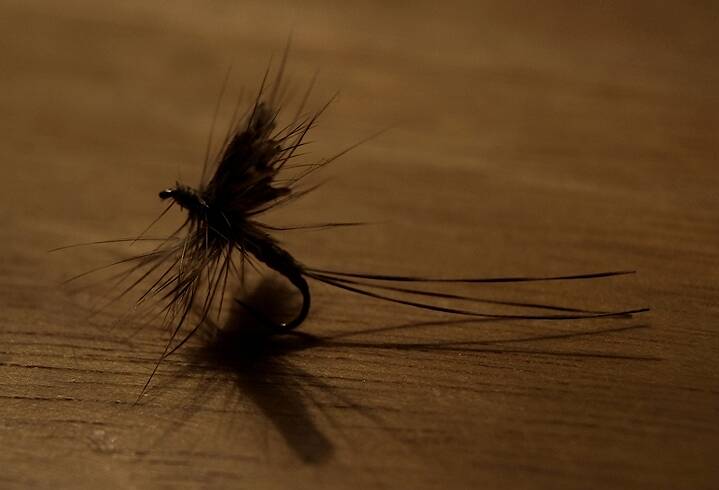
Blue-winged Olives
Baetis
Tiny Baetis mayflies are perhaps the most commonly encountered and imitated by anglers on all American trout streams due to their great abundance, widespread distribution, and trout-friendly emergence habits.
Featured on the forum

This seems to be a young larva of Limnephilus. Although not clear in the picture, several ventral abdominal segments have chloride epithelia.

Troutnut is a project started in 2003 by salmonid ecologist Jason "Troutnut" Neuswanger to help anglers and
fly tyers unabashedly embrace the entomological side of the sport. Learn more about Troutnut or
support the project for an enhanced experience here.
FisherOfMen on Mar 22, 2012March 22nd, 2012, 5:52 am EDT
Hey guys its ice-out in my lake, I've been watching the darned thing all month - and this might be the earliest ice-out ever!
Anyway so I'm wanting to hit the rainbows, but I'm not sure where they're holding this time of year.
Star Lake is spring-fed, no inlet, just under 300 acres. I've heard that they're both really shallow and really deep, so someone's mistaken. Any hard evidence?
By the way, don't shoot me but if they're deep I'm going to "Lake Clear and Crawl" for 'em. But can you blame me? Stream season doesn't open for another 11 days!
Anyway so I'm wanting to hit the rainbows, but I'm not sure where they're holding this time of year.
Star Lake is spring-fed, no inlet, just under 300 acres. I've heard that they're both really shallow and really deep, so someone's mistaken. Any hard evidence?
By the way, don't shoot me but if they're deep I'm going to "Lake Clear and Crawl" for 'em. But can you blame me? Stream season doesn't open for another 11 days!
"Nothing makes a fish bigger than almost being caught." -Author Unknown
All that is necessary for the triumph of evil is that good men do nothing. -Edmund Burke
All that is necessary for the triumph of evil is that good men do nothing. -Edmund Burke
Entoman on Mar 22, 2012March 22nd, 2012, 9:01 am EDT
Three hundred acres is big enough to experience turnover provided it has enough depth. Until that begins (usually a week or two after ice out) the fish will all be on top with the warmer oxygenated water, either in the shallows chasing invertebrates and minnows or out in open water chasing pelagic baitfish like smelt. They can also be found near the mouths of feeders (if there's any inlets) feeding on insect drift or feeding on baitfish staging for their spawning runs.
Once turnover begins, the water can get roily (this can hurt fishing if it gets really turbid) and the lake's temps begin to even out regardless of depth. That's when fish can be anywhere in the water column. The trade off is caddis & midge larvae are swept up and made available in the upwellings so the fish can feed like crazy. This year, it sounds like the thermocline will establish early. It will be important to pay attention to this stratification once it has become established.
Once turnover begins, the water can get roily (this can hurt fishing if it gets really turbid) and the lake's temps begin to even out regardless of depth. That's when fish can be anywhere in the water column. The trade off is caddis & midge larvae are swept up and made available in the upwellings so the fish can feed like crazy. This year, it sounds like the thermocline will establish early. It will be important to pay attention to this stratification once it has become established.
"It's not that I find fishing so important, it's just that I find all other endeavors of Man equally unimportant... And not nearly as much fun!" Robert Traver, Anatomy of a Fisherman
FisherOfMen on Mar 24, 2012March 24th, 2012, 4:30 pm EDT
Thanks! -I've spent two days trying everything everywhere with no success, maybe my luck will be better after this cold front moves out:)
"Nothing makes a fish bigger than almost being caught." -Author Unknown
All that is necessary for the triumph of evil is that good men do nothing. -Edmund Burke
All that is necessary for the triumph of evil is that good men do nothing. -Edmund Burke
Quick Reply
Related Discussions
Topic
Replies
Last Reply
1
Nov 3, 2015
by TimCat
by TimCat
They're STILL eating my hoppers! Plus, a very large minnow... 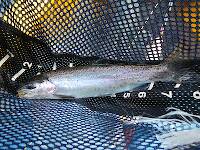
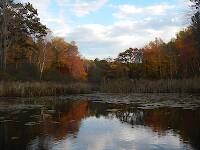
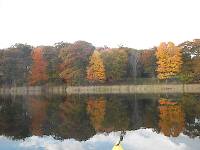
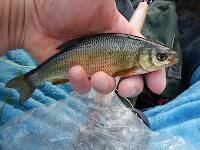
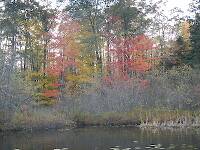
In the Photography Board by Jmd123
+ 1





In the Photography Board by Jmd123
0
Oct 23, 2016
by Jmd123
by Jmd123
Re: No fish but some beautiful scenery and a big scary (true) bug!
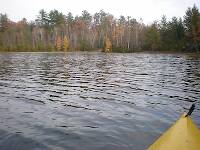
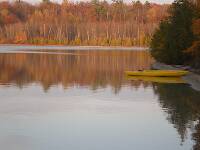
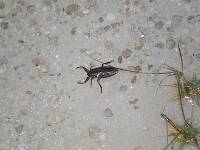
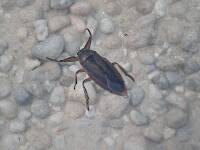
In the Photography Board by Jmd123




In the Photography Board by Jmd123
3
Nov 2, 2011
by Entoman
by Entoman

